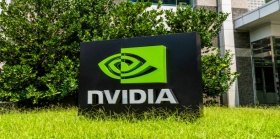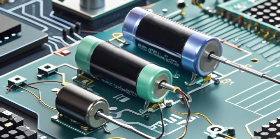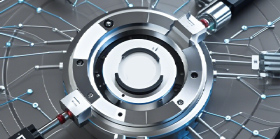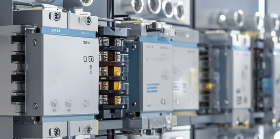Intel terminates Deep Link program
Intel terminates Deep Link program, once technological advantage becomes history. Recently, Intel confirmed that it will stop supporting and developing the Deep Link technology suite, and will no longer provide updates or official technical support in the future. This technology was launched at the end of 2020 and can integrate Intel CPU and Arc GPU performance, including four major functions such as dynamic power sharing, which can improve application performance such as OBS. However, due to narrow audience, high development costs, complex feature validation, and lack of support for the new architecture, Intel has chosen to terminate this once promising technology plan.
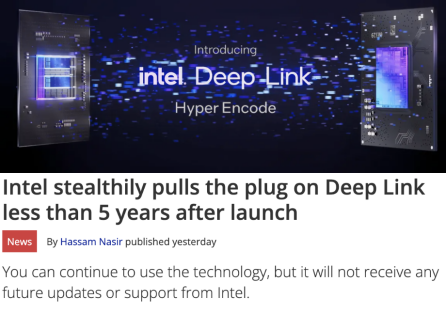
1\ Deep Link Technology: The former glory of Deep Link was launched at the end of 2020, aiming to integrate the performance of Intel CPU and Arc GPU, improve streaming media playback, AI acceleration, and overall system efficiency. To use this technology, it needs to be paired with Intel 11th, 12th, or 13th generation CPUs and Arc Alchemist discrete graphics cards. Its core functions include dynamic power sharing: intelligent allocation of CPU and GPU power resources, optimizing performance while extending laptop battery life. Streaming assistance: Transfer streaming media tasks from independent GPUs to integrated GPUs, reduce game performance loss, and achieve smooth live streaming. Super encoding: Utilizing multiple processors to accelerate video encoding in parallel, reducing transcoding and editing time. Supercomputing: Collaborating CPU and GPU to accelerate AI workloads and improve content creation efficiency. With these features, Deep Link can significantly improve the performance of applications such as OBS, DaVinci Resolve, Handbrake, etc., bringing users a more efficient user experience
2\ The advantages and limitations of Deep Link technology coexist. The advantages of Deep Link are obvious: by integrating multiple processing engines, it accelerates the processing of various tasks; Intelligent power management optimization system energy consumption; Expand computing power and enhance application functionality. However, its limitations cannot be ignored: as a proprietary technology of Intel, it has poor compatibility and is only compatible with specific hardware and software; There is a performance bottleneck in multi GPU collaboration, which is affected by data transmission and synchronization overhead; High performance use is prone to heat generation issues, which can shorten the battery life of the equipment.
3\ Although Deep Link has certain advantages, Intel ultimately chose to give up, and the reasons behind the termination are complex. On the one hand, the audience for this technology is relatively narrow, and the economic benefits of continuous investment in research and development are not high; On the other hand, some functions require collaborative verification from multiple suppliers, making implementation difficult. In addition, new architectures such as Meteor Lake are not supported, further limiting the development space of the technology, leading Intel to ultimately decide to stop development.

